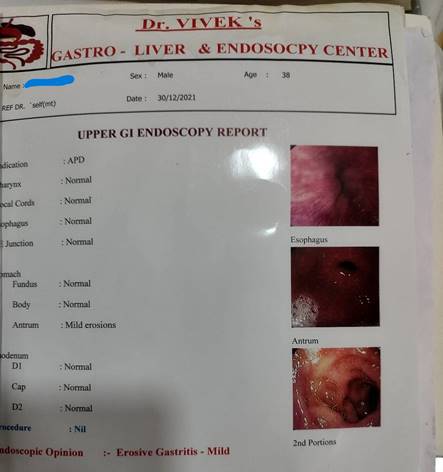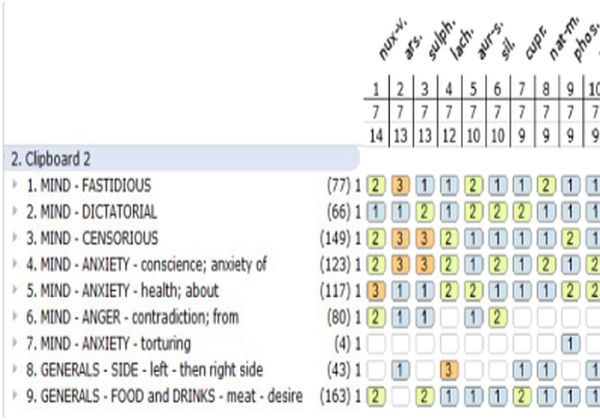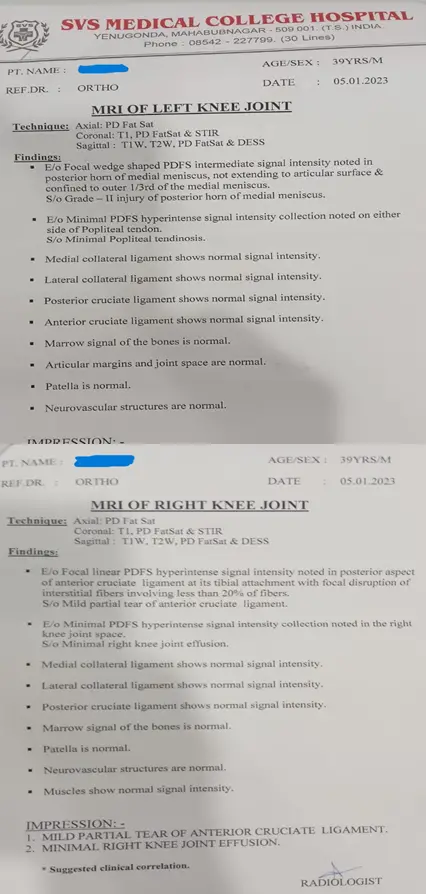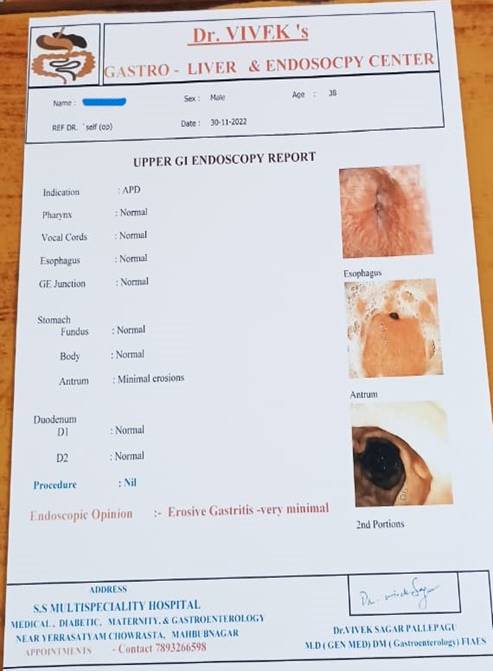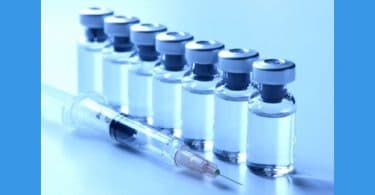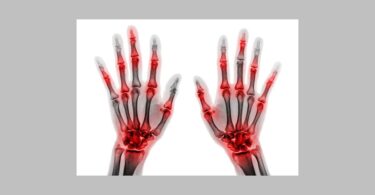ABSTRACT: –
Chondromalacia patella is an affliction of the hyaline cartilage coating of the articular surfaces of the bone. It occurs in any joint and is especially common in joints that have had a trauma and deformities, such as the knee, and the patella.
Allopathic medical treatment is administration of NSAID’s. It is usually a surgical condition.
Erosive gastritis is the inflammatory condition of the stomach characterized by superficial erosions and mucosal hemorrhages following severe hematemesis. This is a case of chondromalacia with erosive gastritis along with pain in both knee joints and retrosternal burning in a man of 38. It was successfully treated with Arsenicum Suphuricuom Flavum based on the totality.
KEYWORDS: –
Chondromalacia, Erosive gastritis, Arsenicum Sulphuricum Flavum.
INTRODUCTION: –
Chondromalacia patella is also known as Runner’s knee or patellofemoral syndrome. It is an affliction of the hyaline cartilage coating of the articular surfaces of the bone. It results in the softening and then subsequent tearing, fissuring, and erosion of hyaline cartilage.
Most commonly, it is recognized as involving the extensor mechanism of the knee. Chondromalacia occurs in any joint and is especially common in joints that have had trauma and deformities, such as the knee, and patella. Post-traumatic injuries, Iatrogenic injection of chondrotoxic medication into a joint,
Frequent intra-articular injections of corticosteroid lead to softening and/or articular cartilage dysfunction, Abnormal (microtrauma) wear and tear of the patellofemoral joint’s hyaline cartilage are the etiological factors. It can occur from complication of injuries, immobilization, and surgical procedures that lead to quadriceps atrophy.
The number of chondrocytes in the cartilage decreases, which correlates with a reduction in the number of proteoglycans produced. This reduction leads to a decrease in the water content of the cartilage. Symptoms include anterior knee pain while stair climbing, squatting or running.
On examination, Clarke’s test is positive. MRI is diagnostic in a case of chondromalacia. Chondromalacia can be graded under, Grade 1 – Softening of the cartilage in the knee area, Grade 2 – Softening of the cartilage along with abnormal surface characteristics. This usually marks the beginning of tissue erosion., Grade 3- thinning of cartilage with active deterioration of the tissue.
The term gastritis is commonly employed for any clinical condition with upper abdominal discomfort like indigestion or dyspepsia in which the specific clinical signs and radiological abnormalities are absent.
In acute gastritis, gastric mucosa is edematous with abundant mucus and hemorrhagic spots. Mucosa is sloughed off and hemorrhagic on surface in acute hemorrhagic or erosive gastritis. Hemorrhagic or erosive gastritis (chronic)- superficial erosions and mucosal hemorrhages following severe hematemesis. Causes are duodenal gastric reflux, NSAID’s, portal hypertension.
CASE PRESENTATION:
A 38-year-old male patient came to the outpatient department of JIMS Homoeopathic Medical College and Hospital complaining of pain in both knee joints for the past 6 months, plus retrosternal burning for the past 4 months.
The patient was apparently normal before 6 months. He met with a trauma after which he had pain in both knee joints with stitching type of pain worse by standing, walking, and ascending steps. Affection is from left to right. Retrosternal burning is on and off.
He is a known case of multiple gastric ulcers from past 2 years. He is using allopathic medications for those complaints. There is no any significant family history detailed by the patient, parents are apparently healthy.
Thermally patient is hot. He is a non-vegetarian. Appetite is more in the evening, eats satisfactorily. He has desire for spicy foods, non-vegetarian foods, and aversion to sweets. He prefers to drink beer occasionally but stopped due to his complaints. His thirst is good, drinks 4 litres per day. Bowel & bladder movements are regular.
Patient wanted things to be neat, clean in their place and in order. He is a perfectionist. He wants that people should listen to him, follow his orders and they should obey him, always.
He complains if things are not as per his wishes and he finds faults in others. He said that he wants to fulfil his commitments and if unable to, he will have a feeling of guilt. He has anxiety about health. He has anger on contradiction and expresses it by shouting at others.
All the complaints aggravate after anger. He tends to work fast. His anxiety can be clearly seen on his face. He is constantly thinking about his health and whether he can be saved from this disease or not.
Hie is fair complexioned and of normal build. Height- 5’9, weight- 60 kgs. His systemic examination was done and no abnormalities found.
MRI of both knee joints was done as shown in figure 1&2 and Upper GI endoscopy was done as shown in figure 3
Fig.1& 2– MRI of left and right knee joint (before treatment)
Fig.3– The Upper GI endoscopy (before treatment)
THERAPEUTIC INTERVENTION:
Symptoms taken into consideration for formation of totality are: fastidious, dictatorial, censorious, anger on contradiction, guilty feeling, anxiety about health, torturing anxiety, Desire for non-vegetarian foods, side of affection is left to right. The case was repertorised using Synthesis Repertory using Radar Opus.
Fig.4 – Repertorial interface
Remedies emerging after repertorization are Nux-v., Ars., Sulph., Lach. and Aurum-s. After analyzing the repertorial result Ars sulph flavum was prescribed based on torturing anxiety about health and progression of disease.
Even though Ars sulph flavum did not emerge in repertorization, the remedy was prescribed as a synthetic prescription due to prescence of characteristics of two remedies. Ars sulph flavum also acts as an antidote to suppressions and patient was under medication for gastritis for two years.
FOLLOW-UP CRITERIA AND ASSESSMENT:
The case was followed every month for a period of 9 months. Pain in the knee joints and retrosternal burning, new complaints (if any) were assessed at each follow up. Follow up assessment was done as shown in table.
| DATE OF FOLLOW-UP | SYMPTOMS | PRESCRIPTION |
| 22-6-22 | Pain in bilateral knee joints, Retrosternal burning < morning | Arsenicum Sulphuratum Flavum 200, single dose |
| 20-7-22 | Patient feels better. No any new complaints | SL |
| 23-8-22 | Pain in both knee joints decreased by 60%. Retrosternal burning is decreased by 20% | Arsenicum Sulphuratum Flavum 1 M, single dose |
| 14-9-22 | Pain in both knee joints decreased by 70%. Retrosternal burning is decreased by 50 % | SL |
| 19-10-22 | Pain in both knee joints decreased by 75%. Retrosternal burning is decreased by 60 % | SL |
| 9-11-22 | Pain in both knee joints decreased by 80%. Retrosternal burning is decreased by 70 % | SL |
| 7-12-22 | No further improvement in the complaints. No new complaints | Arsenicum Sulphuratum Flavum 1 M, single dose |
| 11-1-23 | No any new complaints. Patient feels better. Pain in both knee joints and retrosternal burning decreased by 90 % | SL |
| 1-2-23 | Retrosternal burning completely decreased. Knee joint pain decreased by 90%. No any new complaints | SL |
DISCUSSION AND CONCLUSION:
A synthetic prescription approach was used after study of the inorganic Materia Medica. This concept was first presented by Otto Lesser. He tried to group the elements in relation to their chemical properties. This attempt remained as a failure when compared to the artistic portrait of disease by Kent & the analytic- synthetic approach of Boger.
Kent states that a compound can never have lesser effects that those recorded by the elements, and he worked clinically to evolve the characteristics of some of the new remedies in his Lesser Writings. He succeeded in introducing many new remedies. Whenever a patient does not present specific data indicating a remedy, the possibility of resolving the case by synthetic prescription can be opted for.
Chondromalacia is a surgical disease. Before 4 years ago the patient used to skip meals, consume alcohol. His dietary habits contributed to erosive gastritis- mild type. This case was presented with mixed symptoms of Arsenicum and Sulphur.
Symptoms pertaining to Arsenicum are fastidious, censorious, anger on contradiction, anxiety- feeling of guilt if unable to fulfil commitments, left to right sided affection. Symptoms pertaining to Sulphur are dictatorial, feeling of guilt, anxiety of conscience, desire for meat. Apart from these, torturing anxiety, anxiety of conscience and censorious are the major symptoms covered by Arsenicum Sulphuratum Flavum. All those characteristics of the patient were considered for remedy selection.
Arsenicum Sulphuratum flavum 200 single dose was prescribed. Gradually, as per improvement in the case, Arsenicum Sulphuratum flavum was repeated according to the need. Patient MRI of both knee joints represented in Fig 5&6, upper GI endoscopy as shown in figure 7
Fig. 5&6 – MRI of Right & Left Knee joint after treatment
Fig.7– Upper GI endoscopy (after treatment)
CONSENT FOR PUBLICATION:
Consent has been taken from the patient.
CONFLICT OF INTEREST:
None
ACKNOWLEDGEMENT:
There is no conflict of interest. The authors thank the patient for his cooperation by reporting for the follow ups in timely fashion.
REFERENCES:
- Chaurasia BD. Human anatomy. CBS Publisher; 2004.
- Mohan H. Textbook of pathology. New Delhi: Jaypee brothers Medical Publishers; 2015.
- Walker, Brian R., and Nicki R. College. Davidson’s principles and practice of medicine e-book. Elsevier Health Sciences, 2013.
- Kasper D, Fauci A, Hauser S, Longo D, Jameson J, Loscalzo J. Harrison’s principles of internal medicine, 19e. New York, NY, USA: Mcgraw-hill; 2015.
- Hahnemann S. Organon of medicine. B. Jain publishers; 2002.
- Sarkar BK. Hahnemann’s Organon of Medicine. Calcutta: M. Bhattacharya &co.(P) ltd. Publications. 2005.
- Lesser O. Textbook of Homoeopathic Materia Medica. B. Jain Publishers; 2000 Jun 30.
- Kent JT. New remedies, clinical cases, lesser writings, aphorisms, and precepts. B. Jain Publishers; 2003.
- Scholten J, Honig M. Homoeopathy, and minerals. Stichting Alonnissos; 2001.
- ICR symposium Hahnemannian Totality, volume 2, Area G.
- Boericke W. Pocket Manual of Homoeopathic Materia Medica & Repertory: Comprising of the Characteristic and Guiding Symptoms of All Remedies (clinical and Pathogenetic [sic]) Including Indian Drugs. B. Jain publishers; 2002.
- P. Ishwardas Tarkas, Dr. Ajit Kulkarni Absolute Homoeopathic Materia Medica, B.Jain publishers (P) Ltd.



